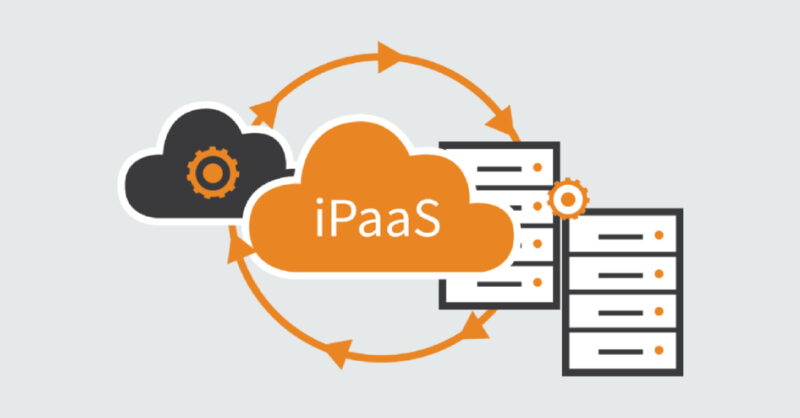Over three thousand new applications are created for Google’s Play Store every day. As of 2020, the AppStore had seen a total of 2.2 million different applications. With every new app created, data volumes from different environments and data sources increase. These huge data troves on multiple servers come with the need for data integration. This is why many companies have been opting for IPaaS as an application integration remedy in recent years. But precisely what is IPaaS, and why is it so important? Read on to find out.
IPaaS Defined
For every “What is iPaaS” query made on Google, several results emerge with close relation to the more widely known as Software as a Service. Similar to SaaS, iPaaS is the abbreviation for Integration Platform as a Service. But unlike SaaS, which a vendor hosts on-premise, iPaaS is a 100% cloud service. The earliest use case of an iPaaS solution dates back to 2011 when companies began to shift business processes onto the cloud. They needed iPaas to connect different cloud software applications.
As the iPaaS innovation grew, the scope widened to accommodate both on-premise and cloud projects as an integrated platform. Today, many organizations deploy IPaaS projects to bypass the need for middleware and hardware installation. With IPaaS, businesses can automate and simplify cloud integration making the connection between different data environments seamless. In addition, it affords companies a more self-service way of connecting, replicating, and migrating data.
This reduces the technical reliance of programmers and other data professionals. The ease in deploying iPaaS is one of the driving factors of the innovation’s growth. In 2020, Gartner adjudged IPAAs as the largest stand-alone integration market recording a 38% growth and over three billion dollars in market value. However, many industry experts also predict that due to uncompetitive offerings, about two-thirds of IPaaS vendors may be out of service by 2023.
While IPaaS has barely scratched the surface of its promises, many IPaaS systems are yet to provide developers with an experience worthy of repetitive business.
How it Works
IPaaS is primarily used in many integration scenarios, including cloud service integration CSI, app-to-app integration (A2A), business to business integration (B2B), etc. But exactly how does IPAAs work?
IPaaS works as a contractor ready to assist businesses with all their integration needs. The platform can host a business’s application servers, infrastructure data, middleware, and hardware. This is how iPaaS can act as a one-stop shop for the building, testing, and deploying software applications.
Why It’s Important
1. It helps improve remote collaboration.
Efficient data sharing has become one of many corporate essentials going into a post-pandemic work environment. Businesses are tapping gig and remote workers worldwide instead of stationing employees with the increasing cost of office rentals and utilities.
Businesses need IPAAs software like Dell Boomi to support convenient virtual communication and collaboration. In addition, integration platforms have a high potential to streamline and build workflows on the cloud. This makes iPaaS more of a necessity instead of the luxury businesses perceive it to be.
2. It helps to enhance productivity and efficiency.
Investing in an iPaas tool can be the best option for businesses seeking scalability in the face of the world’s rapid digital transformation. iPaaS can help companies to improve productivity in developing integration flows. It presents developers with a cost-effective approach to facilitate hybrid data flows and enhance visibility through efficient API management.
It also reduces the burden on businesses to do deep maintenance for legacy systems. All you may need is a monthly or yearly user subscription. Also, IPAAs can help reduce the gap between business intelligence and data query. It has become necessary for making effective business decisions in the ever-changing business world of today.
3. It supports low-code development.
Many IPaaS platforms are easy to use, even for the least technical people in an organization. iPaaS software mostly comes with a “point and click” and “drag and drop” kind of features supporting low code development. iPaaS helps relieve developers of time-draining repetitive tasks as they can leverage prebuilt connectors to work faster.




